Farmers in Hien Thanh commune, Vinh Linh district have additional income thanks to growing taro on areas converted to dry crops - Photo: BAO BINH
Vinh Linh district has a total rice land area of about 4,032 hectares, of which the summer-autumn crop production area is more than 2,500 hectares. According to local statistics, every year there are more than 930 hectares of land left fallow, not producing summer-autumn rice. The main reason is the lack of irrigation water, many production areas are unstable, often damaged by rats, and have low productivity, not enough to cover costs.
Hien Thanh Commune has 200 hectares of rice fields that do not produce the annual summer-autumn crop, of which Vinh Hien Agricultural Service Cooperative (Vinh Hien Cooperative) has more than 68 hectares that have not been cultivated and have been abandoned for nearly ten years.
Chairman of the Board of Directors and Director of Vinh Hien Cooperative Nguyen Thuan Sang said that the cooperative's rice production area has unfavorable terrain, swampy fields, and mainly produces over 75 hectares of winter-spring crops. In the summer-autumn crop, most of the area is left fallow, only over 14 hectares can be used to grow watermelons and other crops. "The reason is due to lack of irrigation water, the fields are far from residential areas, so production costs are high. Some households with small production areas are often damaged by rats and free-range cattle, affecting the growth of rice plants and the yield at the end of the crop. Our wish is to consolidate fields to expand the production area, overcoming the current situation of fragmented fields."
In Trieu Phong district, out of a total of 1,182 hectares of agricultural land, more than 300 hectares are left fallow without summer-autumn crop production, with more than 150 hectares in Trieu Tan commune alone. According to Vice Chairman of Trieu Tan Commune People's Committee Le Ngoc Anh, the fields of the 6 villages can all be used to grow some types of crops such as melons, cantaloupes, green-heart black beans... in the summer-autumn crop. However, some areas cannot be cultivated in the summer-autumn crop due to high terrain and severe drought due to lack of irrigation water.
According to the survey results of the Department of Agriculture and Environment on 106 cooperatives and cooperative groups of 35 communes/wards in 7 districts, towns and cities, there are more than 2,000 hectares of rice land not cultivated in the summer-autumn crop. The reason is the lack of proactive irrigation water sources, leading to salinity and acidification of the land. The fragmented and unconcentrated production area makes cultivation difficult. Many fields are located in high places, far from residential areas and at the end of irrigation water sources, reducing access to the necessary water source for crops.
The current canal system has not been invested in synchronously and has seriously degraded in many places. Earthen and concrete canals are damaged, dams are no longer working effectively, while sluice gates to prevent salinity are also in a similar situation. Some areas not covered by the water supply system of irrigation works have to use rainwater.
However, the current reservoirs do not have enough capacity to store water and need to be dredged or upgraded to ensure a regular water supply for the summer-autumn crop. In areas that have converted to dry crops, the early season fields are often wet and muddy, making it difficult to plow and harrow, causing delays in crop preparation, drought in the middle of the season, and heavy rains can easily cause flooding, killing converted dry crops such as mung beans and watermelons.
Although the survey results show that 159.3 hectares of rice land have the potential to be converted to dryland crop cultivation, the actual implementation is facing many obstacles. The unstable output, inadequate infrastructure, large investment capital requirements and low economic efficiency are making farmers less interested in this change. In the past, although many conversion models have been implemented, most of them have not achieved the expected success.
Deputy Director of the Department of Agriculture and Environment Nguyen Hong Phuong said that the survey showed that most of the rice fields were not cultivated in the summer-autumn crop due to the lack of irrigation water and the degraded canal system. If investment was made in the canal system and other items to serve production, it would still be effective.
However, to invest in a canal system to serve production on rice fields not cultivated in the summer-autumn crop requires a considerable amount of funding. The Department of Agriculture and Environment proposed that the Provincial People's Committee direct the Department of Finance to arrange medium-term public investment capital to invest in renovating and upgrading the canal system to serve production on rice fields not cultivated in the summer-autumn crop.
To ensure farmers feel secure in their fields, a comprehensive support policy system is needed, including support for initial production costs, especially in disadvantaged areas, and encouragement of production linkages along the value chain to ensure stable output for agricultural products. For production areas with difficult water resources, it is essential to support farmers in switching to higher-value upland crops that are suitable for local soil and climate conditions.
However, it is important to have clear planning and policies to support stable output for these products. Cooperatives and agricultural cooperatives need to be strengthened and play a stronger role in managing small-scale irrigation systems, providing technical support, finding markets and representing farmers’ interests. At the same time, it is necessary to strengthen state management in the use and protection of water resources, ensuring fairness and efficiency.
In many localities, the fields are still fragmented and not diversified. Therefore, the solution to close the summer-autumn crop is to continue to consolidate fields, thereby converting the crop structure according to each region appropriately, creating concentrated goods and not necessarily having to grow rice, to facilitate linkage with enterprises to consume products. In the context of high prices of materials, seeds... as present, the State needs to have a support mechanism to encourage and motivate farmers to feel secure in sticking to the fields for effective production.
Aquarius
Source: https://baoquangtri.vn/can-co-giai-phap-khac-phuc-tinh-trang-dat-ruong-bi-bo-hoang-vu-he-thu-193024.htm


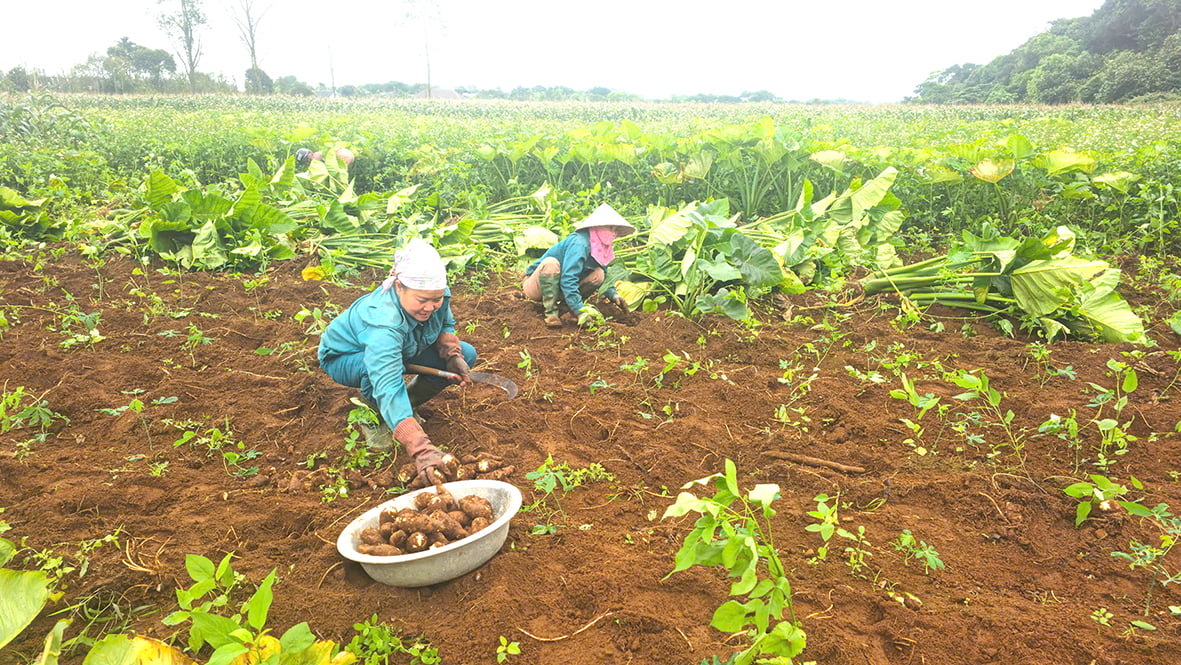
![[Photo] General Secretary To Lam begins official visit to Russia and attends the 80th Anniversary of Victory over Fascism](https://vphoto.vietnam.vn/thumb/1200x675/vietnam/resource/IMAGE/2025/5/8/5d2566d7f67d4a1e9b88bc677831ec9d)



![[Photo] Prime Minister Pham Minh Chinh meets with the Policy Advisory Council on Private Economic Development](https://vphoto.vietnam.vn/thumb/1200x675/vietnam/resource/IMAGE/2025/5/8/387da60b85cc489ab2aed8442fc3b14a)

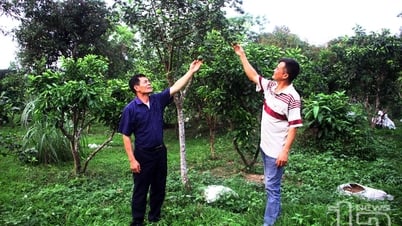
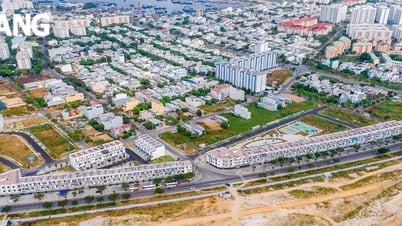
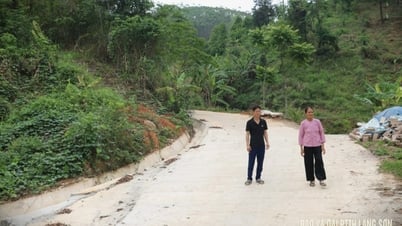
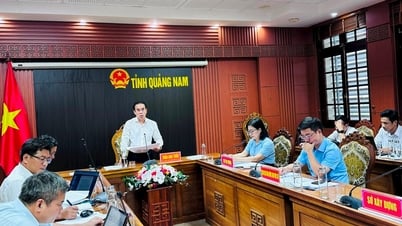
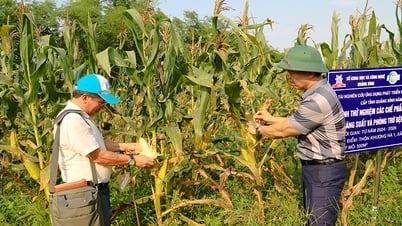
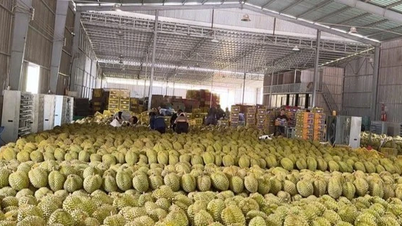




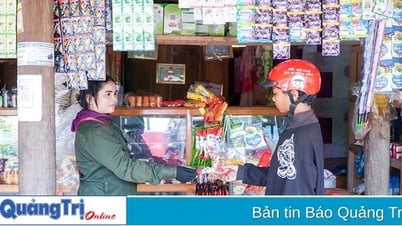
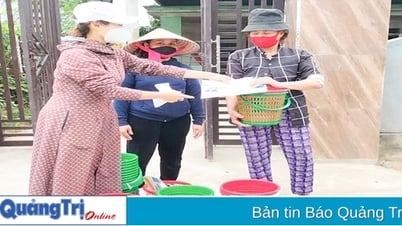



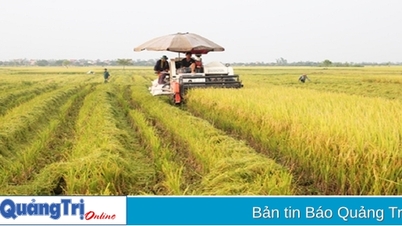
![[Photo] National Assembly Chairman Tran Thanh Man chairs the meeting of the Subcommittee on Documents of the First National Assembly Party Congress](https://vphoto.vietnam.vn/thumb/1200x675/vietnam/resource/IMAGE/2025/5/8/72b19a73d94a4affab411fd8c87f4f8d)










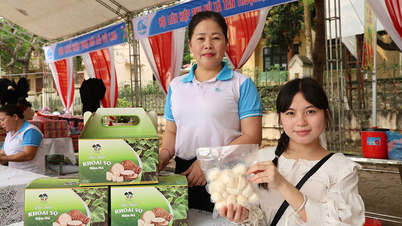























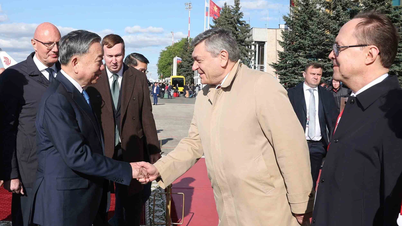


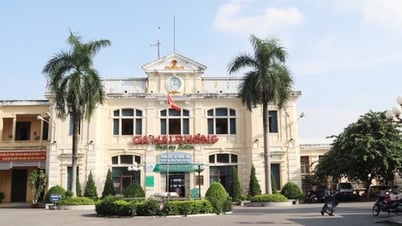









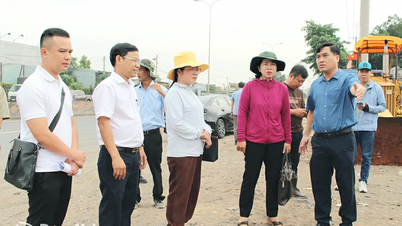



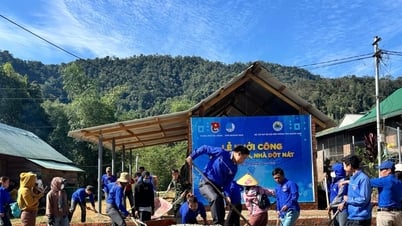


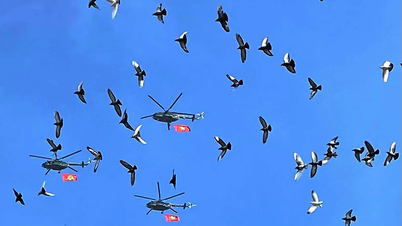
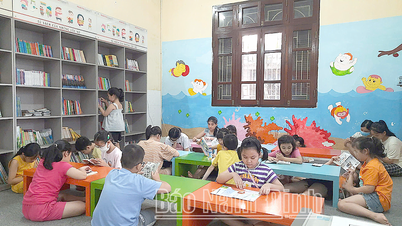












Comment (0)